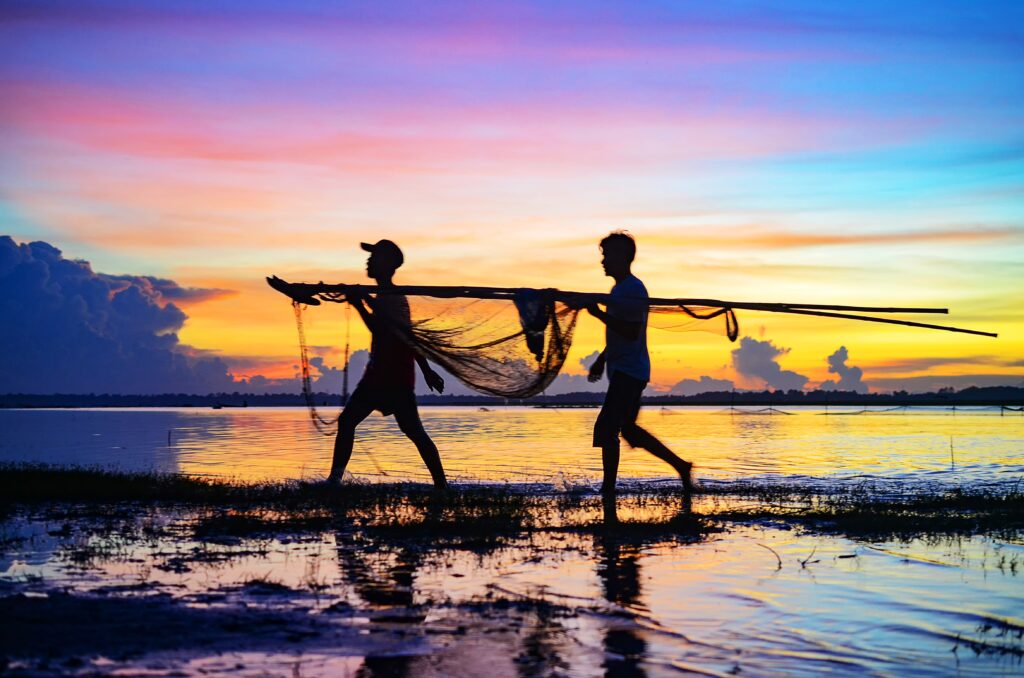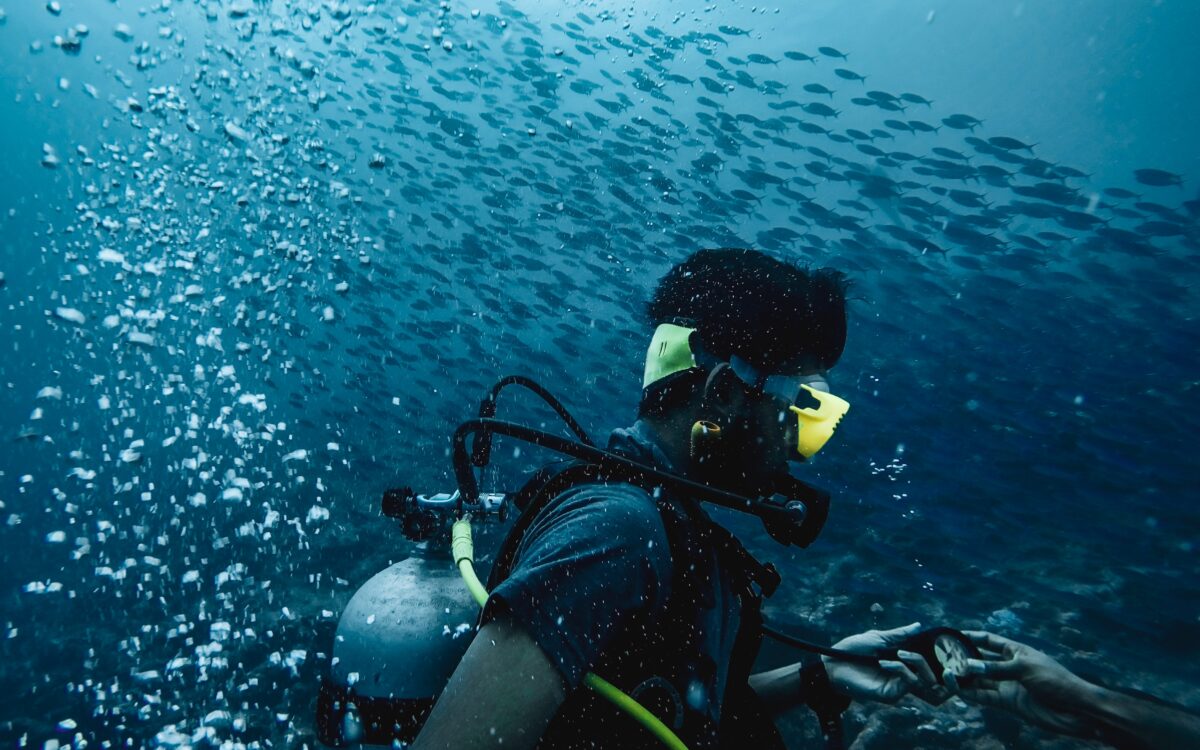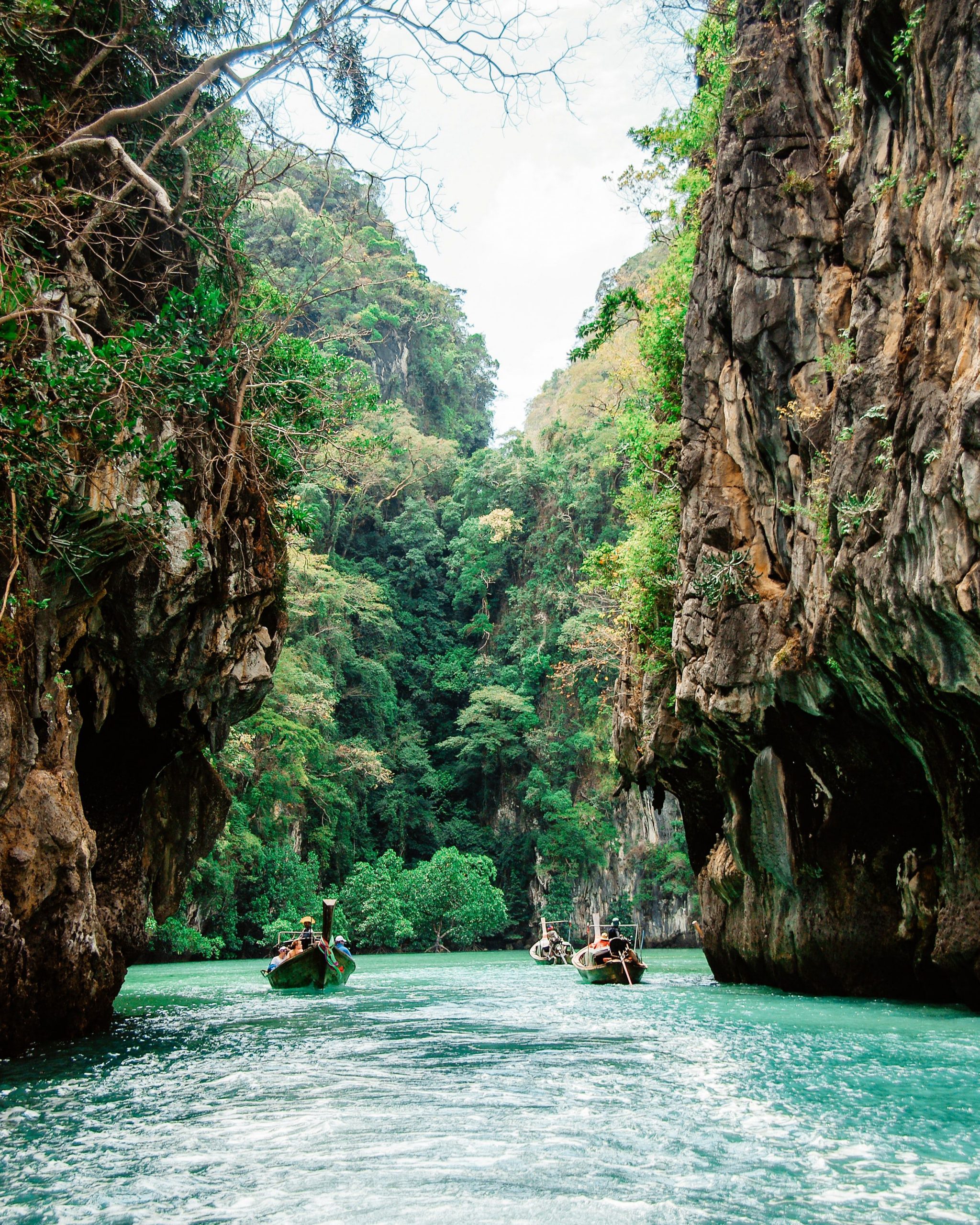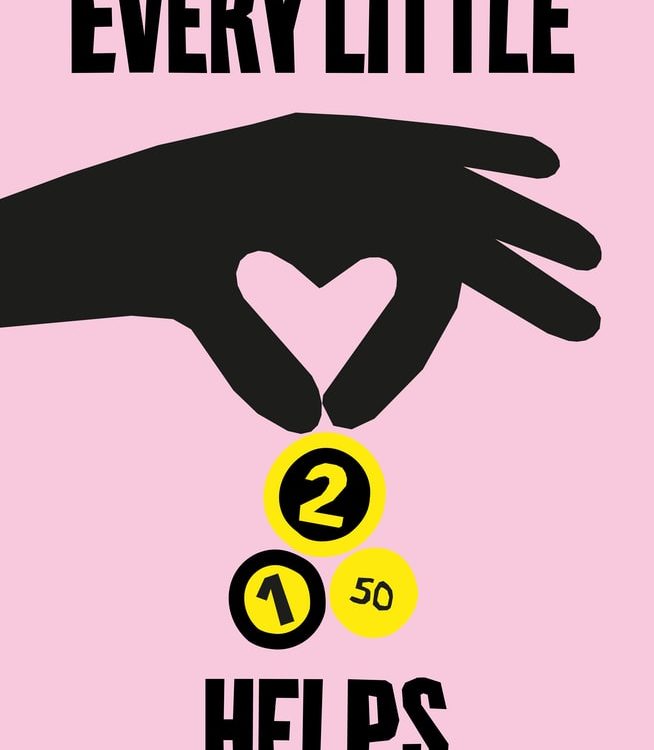This week, I got invited to a dive session with some friends at The Gulf of Thailand in Koh Samui. It is renowned as one of the most popular places to dive in Thailand, and boy did it live up to expectations. The water temperature was quite warm at around 28 degrees celsius, and everyone was super friendly and welcoming. We decided to travel with a dive operator as we had a friend that was brand new to scuba diving. It was the safest option, as he can then be supervised by an experienced diver. Our guide kindly helped me set up all my scuba diving gear, and also picking a new scuba mask, and a new scuba bcd, as I wanted an upgrade. I had done some research prior, and had decided on a shiny new Apeks Black Ice BCD.

Our first destination was Sail Rock, where it was flourishing with all kinds of marine creatures. We saw an abundance of fishes and even reef sharks. We, unfortunately, didn’t see any whale sharks, which have been reported to appear here.
After exploring the seas for what seemed like 3 or 5 hours, we traveled back to shore with the rest of the tour group. We decided to hit up a local restaurant where it served some of the most deliciously fresh seafood platters. The food was caught fresh and tasted amazing, whilst it was a little expensive. We greatly enjoyed the experience and the food.
Lately, I’ve also been reading a lot of Dive Theory, which is really interesting to read and learn about. Whilst, I don’t have any immediate plans to become a Scuba certified instructor, I believe that learning the fundamentals of diving is important as it not only helps me stay aware when I’m diving but also gives me a sense of security. If something were to go wrong, where my scuba buddy or scuba instructor wasn’t present, I could apply what I learned and hopefully wriggle out of a sticky situation.
My friend who has recently been a scuba instructor also recommended I learn the basics of Dive Theory, he said that not only is it beneficial for a recreational diver like me, but it teaches me the best practices too. I’m currently learning how to do a diving safety spot, which’ll be useful when I go deep-sea diving in a few month’s time with a few buddies that are planning on coming to Thailand.



















